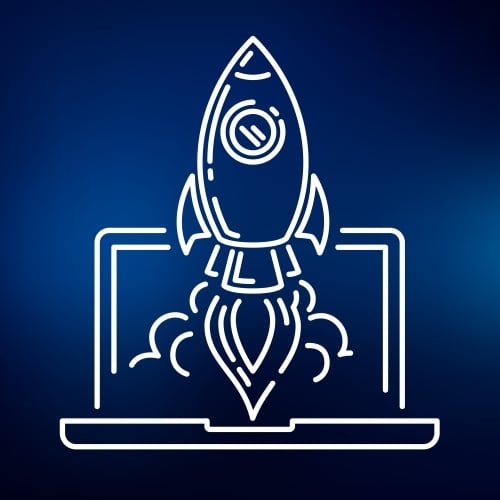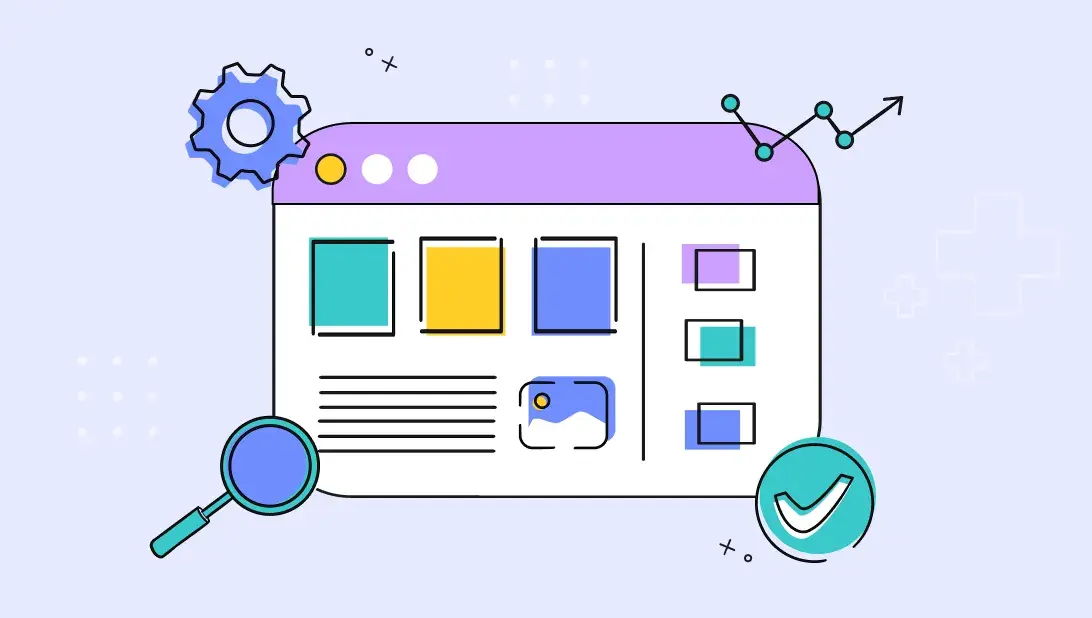



Launching a website, whether it’s brand spanking new or a redesign, is a serious undertaking. In fact, organizations are prone to putting off website launches because of the sheer amount of preparation they require.
But perhaps we’re going about website design and redesign the wrong way. There’s a tendency in traditional web design to look at the process as a long-term, but ultimately finite task. This finite nature means that, at some point (and likely sooner than we’d like), the website will become stale and need an overhaul... and then you're back to square one.
Growth driven website design looks at the process of building, launching, and maintaining a website as a continuous process. Consistent updates based on goals, data, and insights change the website’s nature from static to dynamic.
Fresh and progressive websites are what today’s more-discerning-than-ever users want. As you prepare to launch your new site, here’s how to make it as dynamic and successful as possible.
Pull out your trusty buyer personas. After all, you’re designing your site for people (other than yourself!), right? A good website audit will tell you if you’re bringing in users similar to your buyer personas and identify the nature of your audience.
Be sure to determine:
Who is visiting your site
How they got there
What they do while they’re on your site
When and why visitors are bouncing (here's how to lower your bounce rate)
Take time to analyze the websites of your competitors. What are they doing right? Wrong? What is your organization’s unique selling point?
In sharp contrast to traditional web design, growth driven website design takes steps to achieve your organization’s goals in a systematic way. You can help make your launch a success by starting with goals and wishes lists.
The goals should include any essential components or frameworks for the website. Add more dream-worthy items to the wish list so that your design team can incorporate them over time.
What makes growth driven website design so special is its ability to incorporate the objectives of every department into the website. Everyone from marketing to accounting should be able to offer feedback and work to make the organization’s vision come to life.
As you go through the goals, break them down into doable tasks for each cycle, which may run on bi-weekly, monthly, or bi-monthly periods. Determine which department and individual are responsible for each goal and set a time-frame to follow.
Once you launch your website and get comfortable with the new method, you’re going to wonder why you stuck with traditional design approaches for so long. Growth driven website design takes in rich data and valuable user feedback to continually make your site better.
As you bring in those juicy user insights in real-time, use them to do more than update your site. Meet with your sales and marketing teams to see how you apply what you’ve learned to other parts of your organization.


Rebecca Graves co-founded Spot On in 2012. As a partner and leader of client services, she takes immense pride in being in charge of “client happiness.” The role allows her to wield her problem-solving skills while fostering big-picture perspectives and team building. Rebecca’s more than 35 years of experience have equipped her to translate strategic planning expertise for the advancement of tech companies transforming the healthcare, financial, and legal industries.
Get the latest and greatest posts sent straight to your inbox.


